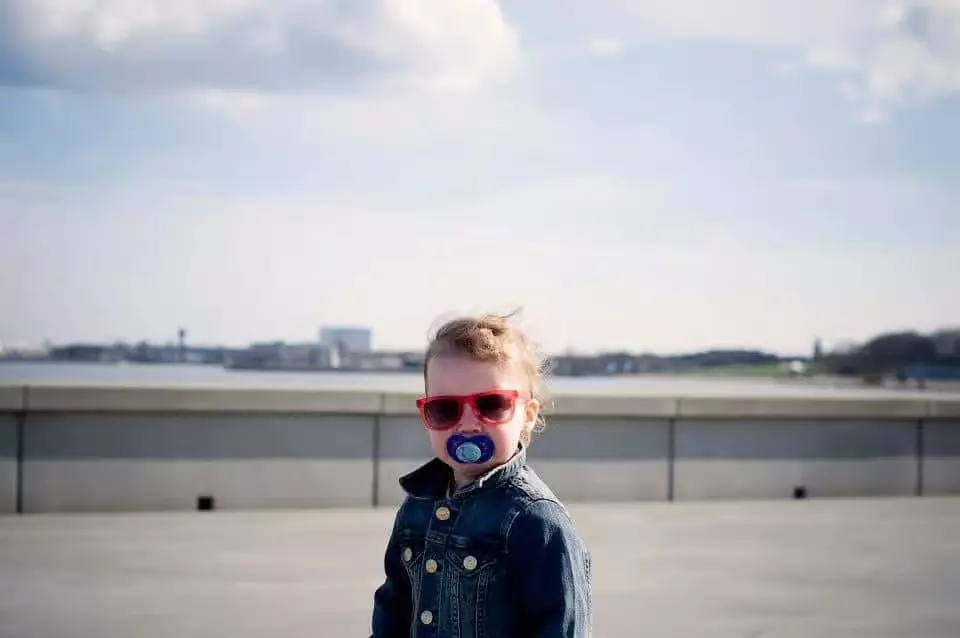In today’s parenting landscape, there’s a plethora of advice on numerous topics, and weaning off the pacifier is certainly no exception. With suggestions ranging from prompt weaning by 12 months to waiting for children to naturally give up their reliance on the binky, it’s easy for parents to feel lost in a sea of conflicting opinions. Rather than adhering to strict timelines or guidelines, it’s essential to remember that every child is unique, and there is no one-size-fits-all approach to weaning. Consequently, parents must embrace their individuality—and that of their children—while navigating this complex transition.
The Developmental Importance of Pacifiers
Let’s first consider the reasons why pacifiers are often recommended for infants. Studies indicate that sucking provides newborns with not only comfort but also a critical developmental function. The simple act of sucking can help soothe a cry and induce sleep, offering both babies and parents moments of peace. Additionally, pacifiers can significantly reduce the risk of sudden infant death syndrome (SIDS) and, in certain cases, serve as a pain-relief mechanism during minor medical procedures.
However, these benefits don’t negate the potential downsides. Research conducted by the American Academy of Family Physicians highlights the dual-edged nature of pacifier use. While they can be helpful, premature introduction may lead to early breast weaning, particularly if breastfeeding habits are not yet established. Moreover, it’s crucial to consider oral health; prolonged use beyond age two can result in dental misalignment, with alarming rates of malocclusion reported in children who relied on pacifiers excessively into their preschool years. Parents must weigh these factors carefully and personalize their approach based on individual circumstances.
Strategies for Successful Weaning
As parents contemplate weaning, several strategies can be employed to make the process smoother. One of the least stressful methods is to allow the child to self-wean between ages three and four. In many cases, children are more than capable of letting go of their pacifiers when they feel ready, which can lead to a gentler transition for both child and parent.
The concept of the “Binky Fairy” is a playful and creative alternative, turning a potentially stressful event into a magical experience. By encouraging children to give up their pacifiers to a group of “baby fairies,” parents can create a sentimental farewell that sparks excitement instead of dread. Small gifts and notes left by the Binky Fairy can enhance the experience, making the act of relinquishing the pacifier feel rewarding and meaningful. While some may see this as misleading, the spirit of playfulness can make important milestones more palatable for young children.
Challenges and Practical Alternatives
For parents seeking to exert a bit more control over the process, there are practical methods to gradually reduce pacifier dependence. For instance, trimming the pacifier’s nipple can effectively reduce its appeal without creating a confrontation. Transitioning from daily use to bedtime-only within a timeline that respects the child’s comfort level is another popular approach. This method emphasizes patience and understanding, allowing the child to become accustomed to the change without unnecessary anxiety.
Transitioning from naps to bedtime exclusively is an essential strategy that can be met with various responses from children. For some, this slow reduction seems natural and seamless, while others might struggle. Parents should cultivate empathy and acknowledge the emotional toll of the process. Verbal affirmations and a positive attitude can facilitate smoother nights ahead, fostering a sense of reassurance without panic.
The Power of Support and Empathy
Regardless of the chosen strategy, what remains critical is the foundation of support and empathy that parents provide throughout this transition. Allowing the child to grieve the loss of their pacifier—and recognizing that it might invoke a significant emotional response—is vital. The stress that can accompany this time of change cannot be overstated, and parents must be ready to provide comfort during sleepless nights. It’s an opportunity to strengthen the emotional bond while teaching the child resilience and adaptability.
Ultimately, the journey to weaning a child off their pacifier is as unique as the child themselves. It is essential for parents to trust their instincts while also being mindful of expert recommendations. Above all, addressing pacifier use with kindness and respect can make the process not just manageable but also a fond memory in the tapestry of childhood. Embracing the notion that every child is different and basing decisions on love and understanding will guide parents through this delicate stage of parenting.

